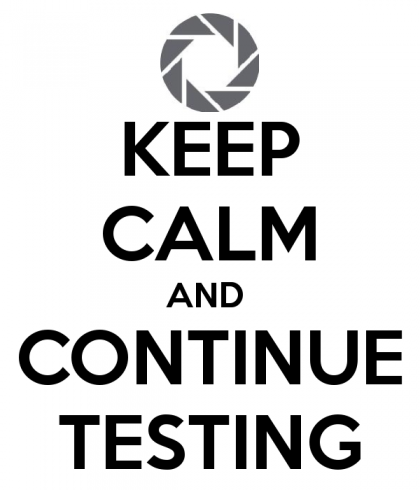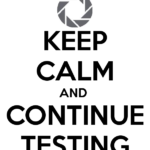
Thanks to Bill Gates and company, schools are increasingly being forced to adopt technology. The latest push is 1:1 devices for every student. Our district has gone to Chromebooks, which is nice for Google. They definitely need more money.
I teach middle school, so at the outset I thought, “Yes, it will be handy if every student has a computer at all times.” I assumed Chromebooks would be issued to middle school students – grades 6, 7, and 8. I’m pretty sure that is what was advertised at one point.
It turns out, though, that we’re issuing Chromebooks to third, fourth, and fifth graders as well. THIRD GRADERS!
My daughter is going into third grade next year. I am extremely ambivalent about her having her own laptop. We fight the screen time battle enough as it is, and now the school will be asking me to put my soon-to-be eight year old in front of a screen even more.
It’s for school.
Beyond that, I have yet to find any convincing evidence that one-to-one devices are the panacea they are advertised to be. The thinking seems to go like this – give everyone a computer and watch the education gap disappear! Chromebooks will cure poverty and polio! Who needs teachers when you have Wikipedia?
As someone who has experienced the implementation of them in middle school, I can say that they aren’t all they’re cracked up to be. For one, they are constantly malfunctioning, which takes up an incredible amount of instructional time. Secondly, I have to constantly battle to make sure they are being used appropriately. Kids rush through their work and then try to play games on them. I sometimes wonder if they are more trouble than they are worth.
I don’t view myself as some old man shaking his fist and telling kids to get off my lawn, either. I use Google products all the time. I have created Math lesson videos and adopted the flipped classroom that everyone is so excited about (NB – the flipped classroom is no panacea either.) I think most school districts say, “Here, technology” and expect test scores to skyrocket.
Which brings us to testing. One way we sold one-to-one devices to the community was that we needed them for the new standardized test – the PARCC – which is administered on computers. Nice trick, Bill Gates. Create the Common Core and then make sure schools need computers for the test.
It’s for the children, you see.
I’m not wholly opposed to the Common Core. I think the standards are on the right track, in Math at least. We want to encourage more problem solving and less rote memorization. I am for that. Many of the standards and practices are borrowed from the countries that routinely kick our ass on the international PISA test.
But don’t let level headed thinking about education get in the way of our political mania about testing. The PARCC test is supposed to be administered three times a year.
Now, we also have the MAP test, another standardized test that is administered twice a year (three times if you’re a special-ed student, because it completely makes sense to offer those students even less instructional time.)
So, for some students that’s six high stakes standardized tests per school year. This of course says nothing of our district direct common assessments, which are also required.
You know those countries that routinely destroy us on that PISA test? Yeah, they don’t test their students nearly as often as we Americans do.
Just think of how much time is wasted.
And speaking of wasting time, we just received the PARCC test administration manual. It is 157 pages long. We are to read it on our own time.
Also, we are going to dedicate an hour of instructional time to “practicing logging in to the PARCC website.” Thanks to the test being on computers, we have to “test the network.”
Think about that. An hour of class time to log into a website.
What if we actually spent time teaching instead of testing? Crazy concept. I would be livid if my child were spending an hour of her day doing that.
So, what’s all of this testing going to prove, anyway? Well, if it’s anything like No Child Left Behind, it will falsely accuse 87% of school districts of underperforming. It will paint the teachers as lazy villains collecting a paycheck. Maybe it will pave the way for the ultimate commodification of schools, and widen the gap between the haves and have-nots.
Everyone in America is equal. Especially if your parents can afford the good school.
We can finally get rid of those teachers who expect a living wage in exchange for their service to the greater good.
It will be fine.
After all, we have computers now.

Whelp, now I’m depressed about the state of affairs of something. Guess it’s a day that ends in Y
Yeah. Trying not to get too frustrated. My younger daughter is going to kindergarten next year, and we’re still too cheap to have full day kindergarten, even though there are crazy Common Core standards in kindergarten now. So half day kindergarten basically amounts to a couple of hours, and now there’s no time to play or learn how to socialize. It’s all work.